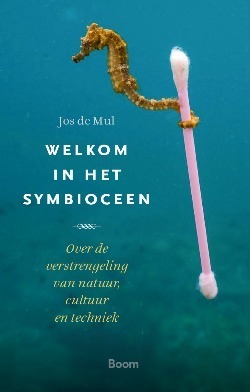Jos de Mul. Afterplay. In: V. Frissen, M. de Lange, J. de Mul, S. Lammes & J. Raessens (eds.) Playful identities. The Ludification of Digital Media Cultures. Amsterdam: Amsterdam University Press/ Chicago University Press, 2015, 337-45.
Afterplay
Typography
- Smaller Small Medium Big Bigger
- Default Helvetica Segoe Georgia Times
- Reading Mode









